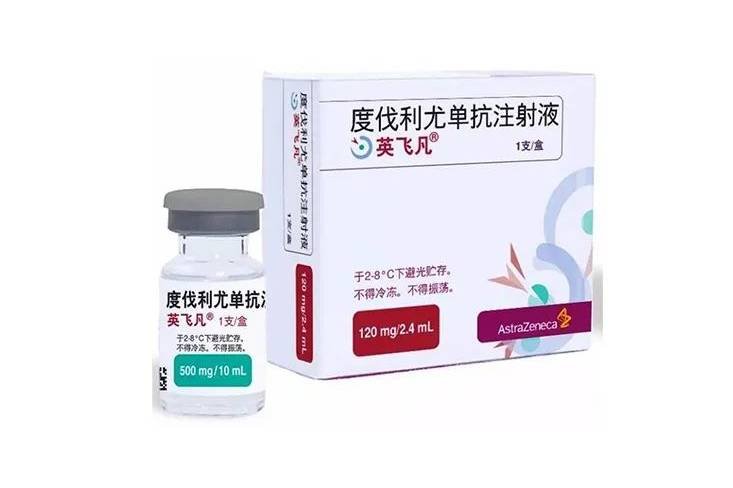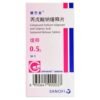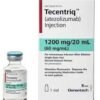From February 13 to 15, 2020, the American Society of Clinical Oncology Genitourinary Cancer Symposium (ASCO-GU 2020) was held in San Francisco.
Imfinzi (durvalumab) Imfinzi (durvalumab) referred to as I drug
Lynparza (olaparib)
On February 15, 2020, Juan Francisco Rodriguez-Moreno, MD, an oncologist at the CIOCC Comprehensive Oncology Cancer Center of HM Hospital in Madrid, Spain, announced the results of a single-arm phase II study (NCT03534492) at ASCO-GU 2020. Research results show that the combination of durvalumab + olaparib showed strong efficacy in the neoadjuvant treatment of muscle-invasive bladder cancer (MIBC): the pathological complete response rate (pCR) reached 50%.
Recent evidence suggests that immune checkpoint inhibitors can be incorporated into this treatment setting, and immune checkpoint inhibitors have been approved by the US FDA for the treatment of patients with advanced bladder cancer who are refractory to or ineligible for platinum-containing chemotherapy. However, the highest response rate for MIBC patients to immune checkpoint inhibition monotherapy is approximately 30%.
PARP inhibitors can amplify DNA damage, enhance tumor mutation burden, and make bladder tumors more immunogenic by increasing neoantigen production and upregulating PD-L1 expression. In this way olaparib and durvalumab may exert a synergistic effect.
This study enrolled a total of 29 patients with cT2-T4a resectable MIBC. These patients received durvalumab 6-8 weeks before planned cystectomy, and were given 1500 mg every 4 weeks for 2 cycles. months (maximum 2 doses/cycle) while receiving olaparib 150 mg twice daily for 56 days (28 days per cycle, 2 cycles). Efficacy evaluation was conducted on 20 patients who underwent cystectomy, and safety evaluation was conducted on 27 patients.
Among the patients enrolled in this study, in terms of ECOG physical status score, 55.2% of the patients were 0 (the ability to move is completely normal, no significant difference from before the onset of the disease), and 44.8% of the patients were 1 (can walk and engage in light physical activity, but cannot engage in heavier physical activity). The median patient age was 71 years. The TNM stages were pT2 accounting for 82.2%, pT3 accounting for 7.1%, and pT4 accounting for 7.1%. About 14.3% of patients develop lymph node spread.
The results showed that 10 of the 20 patients (50%) who were evaluated for efficacy achieved pathological complete response (pCR), defined as the absence of tumor in the bladder and lymph nodes.
Under safety assessment.
The durvalumab + olaparib combination regimen was well tolerated. Among the 27 patients evaluated for safety, only 3 grade 4 adverse events occurred (wound enucleation, bleeding, septic shock, one case each) and 3 treatment interruptions (due to personal decision, progressive disease, COPD exacerbation).
The researchers are currently analyzing PD-L1 expression and immune infiltration patterns in blood samples before and after treatment.
All tumor samples are undergoing whole-exome sequencing. Biomarker data from this study are expected to be announced at the ESMO 2020 meeting in Madrid.















Leave a reply